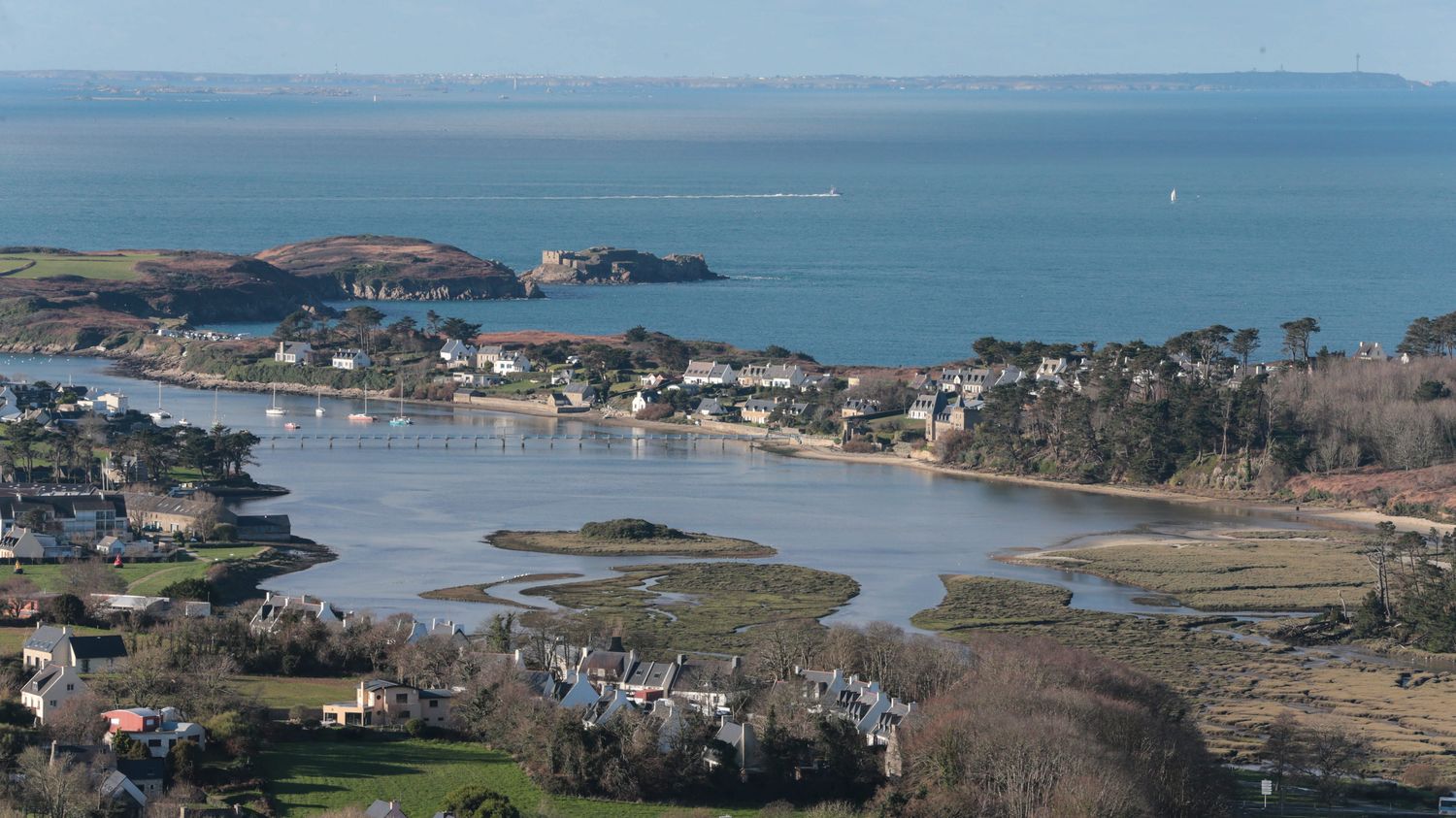While the maximum risk for allergies to several tree pollens is reached in three quarters of France, Finistère remains green. We explain this Breton exception to you in four points.
Published
Update
Reading time: 2 min

Spring temperatures mean pollen allergies. The equation is verified this Wednesday, February 21 when we look at the map of the national aerobiological monitoring network (RNSA): three quarters of France are on red alert (maximum risk). Vigilance mainly concerns tree pollen (hazel, alder and cypress in particular). But one department remains green: Finistère. Isabella Annesi-Maesano, research director at Inserm (National Institute of Health and Medical Research) and professor of environmental epidemiology, explains to us why this territory is spared.
Because the temperatures have been more constant
Most of France has been living for several weeks, “a sort of advanced spring season”, describes Isabella Annesi-Maesano. Gold, “Plants need low temperatures to rest and hibernate before they begin pollination.” The thermometer must remain around 5°C “during a moment”, specifies the epidemiologist, and don’t play “yoyo”, as was the case this winter in many departments with snowy episodes. A temperate weather generally enjoyed by Brittany and in particular Finistère. Even if, in this department, as elsewhere, global warming pushes seasonal norms upwards.
Because there is more rain and strong winds
If the risk of allergies is lower in Finistère, it is also thanks to the rain and the wind. Precipitation allows pollen to settle on the ground and therefore reduces the quantity in the air we breathe. The wind, when it blows strongly enough, makes “send the pollen elsewhereexplains Isabella Annesi-Maesano. “And it damages them too,” which reduces their allergenic power.
Because there are fewer allergenic plants (for now)
“The first allergenic pollen is that of grasses, which are characteristic of the South and Center of France especially”, points out the research director at Inserm. Brittany is a little less exposed, again due to its lower temperatures. Isabella Annesi-Maesano also cites ragweed, “quite nasty pollen.” Vreal scourge in the Lyon region, this plant invasive is almost absent in Brittany. Same thing for cypresses, very allergenic, “who cannot live north of the Loire”.
These plants do not thrive in Brittany “for the moment”, shade Isabella Annesi-Maesano. “There are projections which show that if we do not intervene, there will be plants which will certainly disappear because it will be too hot and others which will occupy territories where they were not before”.
Because urbanization is less strong there than elsewhere
Isabella Annesi-Maesano also puts forward another possible explanation: Brittany is a less urbanized region than others. In 2018, according to INSEE, a little more than half of the region’s inhabitants resided in a rural area (54%). They are therefore less exposed to certain types of pollen which proliferate in the city, explains the epidemiologist. “When, in big cities like Paris, we put lots of ash trees because it is a tree resistant to pollution, we have an increase in ash allergy. We should not be surprised.”
